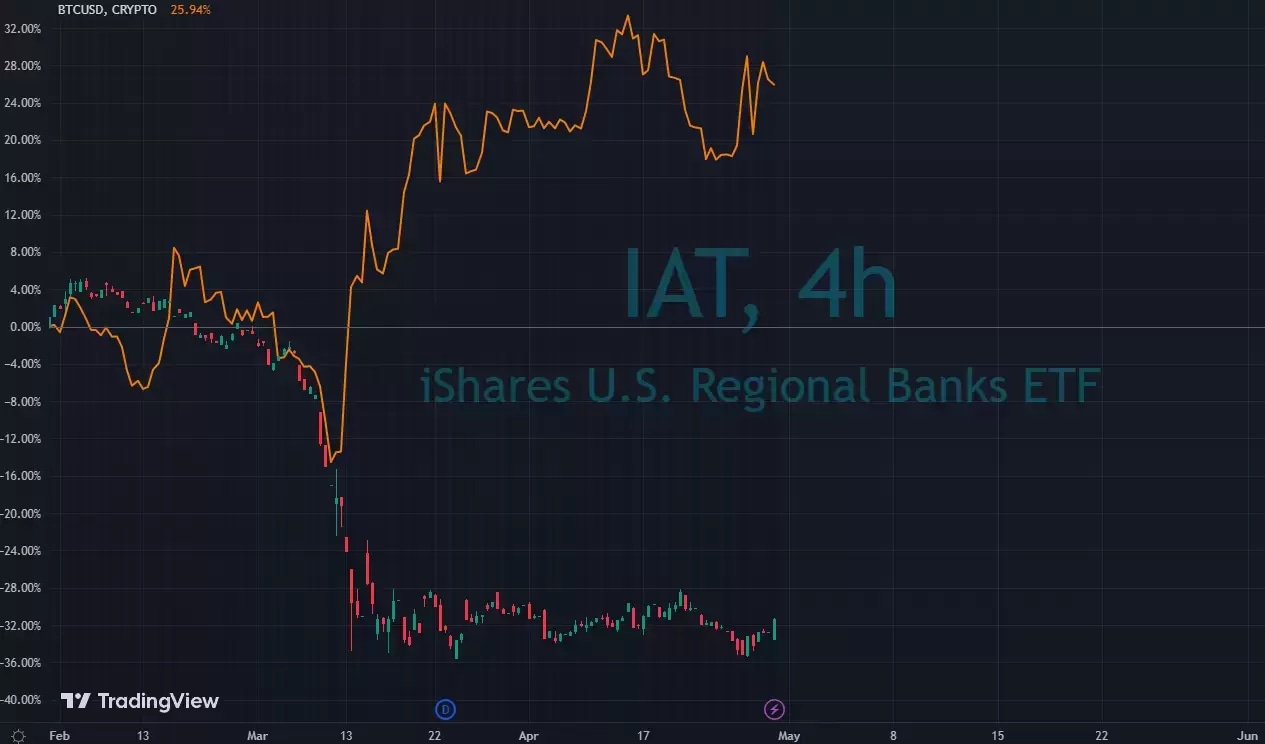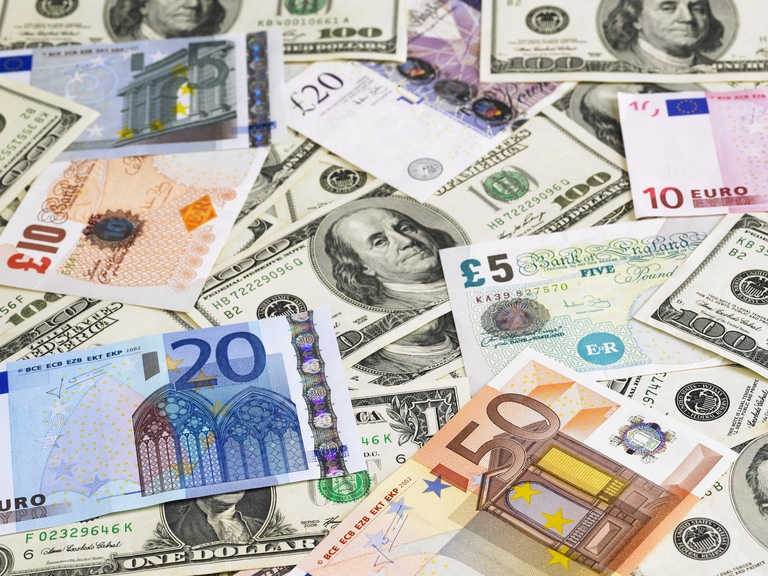Contrary to popular belief, it doesn't look like we are out of the woods just yet as it relates to the 2023 banking crisis. The latest victim is First Republic Bank (NYSE: FRC), the regional player impacted by bank run concerns in March 2023. Despite once being one of the largest regional banks in the United States, First Republic has lost more than 98% of its market capitalisation since its all-time high share price.
Curious about how this came to be? Acquisitions and a liquidity crunch seem to be the main catalysts in this saga, but the coast looks far from clear. First Republic continues battling with anxious investors and negative sentiment for financial outside of the big end of town.
In this article, we will share everything you need to know about First Republic Bank, the current situation with FRC stocks and analyse the potential impact of First Republic's decline on the future of the banking industry.
What Is First Republic Bank & What Happened to it During the 2023 Banking Crisis?
Founded in 1985, First Republic Bank is a regional bank headquartered in San Francisco, California. It's a full-service bank offering various banking services such as checking accounts, loans, investments, and trust services.
Since its peak market capitalisation of almost US$40B in November 2021, the bank has lost nearly all of it thanks to a series of unfortunate events. Due to bank failures involving Silvergate Bank, Silicon Valley Bank and Signature Bank in early March 2023 agencies like Fitch Ratings and S&P Global Ratings became more sceptical of various financial institutions. First Republic was one of the institutions impacted by ratings agency claims that several banks were likely to face high liquidity stress if significant deposit outflows eventuated. In the case of First Republic this was because they had many uninsured deposits and a loan-to-deposit ratio of only 111 percent. Essentially, this meant that First Republic was lending out more money than it had in customer deposits.
After getting their credit rating slashed from A-minus to BB-plus, panic ensued and depositors rushed for the exits attempting to withdraw their cash as quickly as possible. In light of the immense pressure applied to First Republic and fears of a full-blown banking crisis, major US institutions including Bank of America (NYSE: BAC), Citigroup (NYSE: C) and JPMorgan Chase (NYSE: JPM) extended a US$30B lifeline to First Republic. Even after receiving this huge capital injection, S&P Global Ratings reiterated First Republic's inability to solve critical issues like profitability and liquidity by further downgrading the bank's credit rating.
If this wasn't bad enough, the situation deteriorated even further after First Republic Bank announced its first quarterly earnings report. While they surpassed expectations, First Republic noted that customers withdrew more than US$100B during the March banking crisis. This significant net deposit decline led to mass panic as FRC investors began to dump their shares, leading to a plunge in FRC stock prices from US$16 to as low as US$4 76. Since the massive dip, First Republic has announced they're working on a private-sector solution to keep themselves from being shut down by the Federal Deposit Insurance Corp and allowing a government seizure of its assets.
The Potential Impact on Regional and Big Banks in the US
First Republic's decline has created an enormous ripple effect on other regional and national US banks. The fear of a potential bank run on the cards has left many depositors and investors fearful for the future as a possible contagion effect could retest the resilience of the US banking system. Even though big US banks reported stellar earnings, some bank stocks like BAC and C still need to return to their former market capitalisation amount before the March banking crisis. This might imply that the US banking sector is not out of the woods yet as it'll take time to rebuild consumer confidence while the Fed continues to take measures to calm fears.
The Potential Impact on Cryptocurrencies
Conversely, while fear builds up regarding yet another potential bank run, we're witnessing a massive rally for the crypto market as investors are turning to this asset class as an alternative store for their wealth. This is mainly due to how the market perceives cryptocurrencies as a flight to safety, away from the traditional banking system. Since the occurrence of the US banking crisis, large market capitalisation coins have been increasing in value, with Bitcoin hitting US$30,000 for the first time since June 2022

In the image above, you’ll find a chart comparing a popular US regional bank ETF against Bitcoin. In it, there’s an obvious divergence in their prices from 13th March 2023 onwards; the day when the US banking crisis was in full swing.
The Bottom Line
The situation at First Republic Bank has not only caused panic among depositors and investors. It's also shown how fragile the US banking system is in the grand scheme of things. With the situation needing bigger players to step in and provide support, it's yet to be seen as to whether regional banks like First Republic can survive their liquidity crunch as they scramble to avoid unnecessary asset liquidations and raise enough funds to keep them afloat. Cryptocurrencies on the other hand seem to be the winners on this occasion, benefiting from the situation as investors look for alternatives outside of the traditional banking system. In the near future, we might consider this moment as the canary in the coal mine.






